Home>Gardening & Outdoor>Landscaping Ideas>How Late To Plant Grass Seed In Minnesota
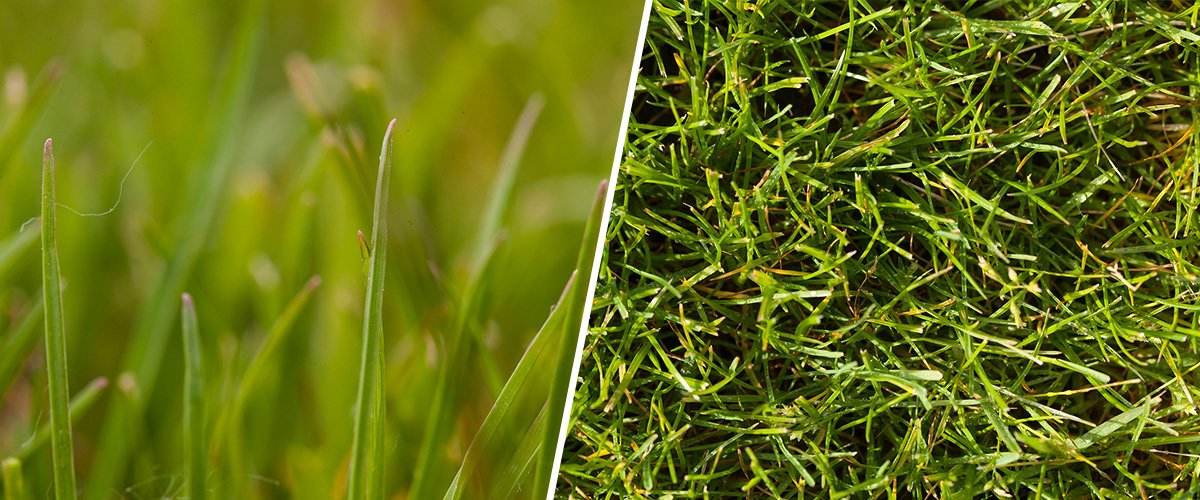

Landscaping Ideas
How Late To Plant Grass Seed In Minnesota
Modified: March 20, 2024
Looking for landscaping ideas in Minnesota? Discover when it's best to plant grass seed and create a lush lawn with our expert tips. Find out the ideal timing for your landscaping project!
(Many of the links in this article redirect to a specific reviewed product. Your purchase of these products through affiliate links helps to generate commission for Storables.com, at no extra cost. Learn more)
Introduction
Welcome to the Land of 10,000 Lakes, where the breathtaking natural landscapes and vibrant seasons make Minnesota a haven for outdoor enthusiasts and nature lovers. As a proud homeowner in this picturesque state, you understand the importance of maintaining a lush, green lawn that complements the stunning surroundings. Whether you’re a seasoned gardener or just starting to explore the world of landscaping, the decision of when to plant grass seed is crucial to achieving a thriving lawn.
Understanding the unique climate and environmental factors in Minnesota is essential for successful grass seed planting. From the frosty winters to the humid summers, each season presents its own challenges and opportunities for nurturing a healthy lawn. In this comprehensive guide, we’ll delve into the intricacies of planting grass seed in Minnesota, offering valuable insights and practical tips to help you make informed decisions and achieve a vibrant, resilient lawn that withstands the elements.
Embark on this journey with us as we uncover the best time to plant grass seed in Minnesota, explore the factors that influence successful grass seed germination, and address the common concerns about late planting. Whether you’re striving for a velvety carpet of grass in your backyard or aiming to revitalize your lawn, this guide will equip you with the knowledge and confidence to make your lawn dreams a reality.
Key Takeaways:
- Late summer to early fall is the best time to plant grass seed in Minnesota, offering optimal conditions for germination and root development before winter.
- Late-season planting carries risks, but choosing quick-germinating varieties and implementing strategic measures can enhance the prospects of successful grass seed establishment.
Read more: When To Plant Grass Seed In Minnesota
Understanding the Climate in Minnesota
Minnesota’s climate is characterized by its distinct four seasons, each contributing to the unique challenges and opportunities for cultivating a healthy lawn. Winters in Minnesota are known for their frigid temperatures and heavy snowfall, often creating a blanket of snow that persists for several months. Spring brings a gradual thaw, with fluctuating temperatures and occasional frost, while summer showcases warm, humid days and sporadic thunderstorms. As autumn approaches, the state experiences a breathtaking display of colorful foliage before transitioning into the winter freeze.
The diverse climate in Minnesota significantly impacts the growth and maintenance of lawns. The cold winters and fluctuating temperatures in spring can pose challenges for newly planted grass seed, while the heat and humidity of summer demand resilient, well-established lawns. Understanding these seasonal variations is crucial for determining the optimal time to plant grass seed and implementing effective lawn care practices.
Furthermore, the geographic diversity across Minnesota influences local microclimates, affecting factors such as soil composition, sunlight exposure, and precipitation levels. Whether you reside in the wooded landscapes of the north, the prairies of the southwest, or the urban areas of the Twin Cities, recognizing the specific climate patterns in your region will guide your approach to lawn maintenance and grass seed planting.
By gaining a deeper understanding of Minnesota’s climate, you can adapt your lawn care strategies to align with the seasonal nuances and create a resilient, thriving lawn that enhances the natural beauty of the state.
Factors to Consider When Planting Grass Seed
Before embarking on the journey of planting grass seed in Minnesota, it’s essential to consider several key factors that can significantly impact the success of your lawn establishment. Understanding these factors will empower you to make informed decisions and implement strategic approaches to achieve a vibrant and resilient lawn.
- Soil Composition: The composition of the soil in your area plays a critical role in the germination and growth of grass seed. Whether your soil is predominantly clay-based, sandy, or loamy, it’s important to assess its drainage capabilities, nutrient levels, and pH balance to determine the suitability for grass seed establishment.
- Sunlight Exposure: The amount of sunlight your lawn receives influences the types of grass species that will thrive in your specific environment. Understanding the sun exposure in different areas of your lawn will help you select grass seed varieties that are well-suited to the light conditions, ensuring optimal growth and lush coverage.
- Watering and Drainage: Proper watering and drainage are essential for the successful germination and establishment of grass seed. Assessing the water retention and drainage patterns in your lawn will guide your watering schedule and the implementation of drainage solutions to prevent waterlogging and promote healthy root development.
- Local Climate: Minnesota’s diverse climate, characterized by cold winters and humid summers, necessitates careful consideration of local climate patterns. Choosing grass seed varieties that are resilient to temperature fluctuations and adaptable to the seasonal changes in Minnesota is crucial for long-term lawn health.
- Weed and Pest Control: Identifying common weeds and pests in your area will allow you to implement proactive measures to prevent their interference with grass seed germination and growth. Incorporating weed control and pest management strategies into your lawn care plan will contribute to the successful establishment of a lush, weed-free lawn.
By taking these factors into account and conducting a thorough assessment of your lawn’s unique characteristics, you can lay the groundwork for a successful grass seed planting experience. Each factor plays a vital role in shaping the health and resilience of your lawn, ultimately contributing to a vibrant outdoor space that enhances the beauty of your property.
Best Time to Plant Grass Seed in Minnesota
Choosing the optimal time to plant grass seed in Minnesota is crucial for ensuring successful germination and establishment. The state’s seasonal variations and climate dynamics influence the ideal timing for seeding, allowing homeowners to leverage favorable conditions for robust lawn growth. Understanding the best time to plant grass seed empowers you to capitalize on the natural rhythms of Minnesota’s climate and maximize the potential for a lush, resilient lawn.
For most regions of Minnesota, the prime window for planting grass seed falls within the late summer to early fall period. This timeframe aligns with the transition from the heat of summer to the milder temperatures of early autumn, creating an environment conducive to seed germination and root development. The cooler temperatures and potential rainfall during this period provide optimal conditions for grass seed establishment, allowing the young seedlings to take root and thrive before the onset of winter.
Planting grass seed in late summer to early fall offers several advantages, including:
- Reduced Weed Competition: By planting in the late summer or early fall, you can take advantage of reduced weed pressure, giving your grass seedlings a better chance to establish without competing with aggressive weed growth.
- Moderate Temperatures: The moderate temperatures during this period create a favorable environment for seed germination and early growth, minimizing stress on the emerging grass seedlings.
- Extended Root Development: Planting in the late summer allows the grass seedlings to develop strong root systems before winter, setting the stage for robust growth in the following spring.
While late summer to early fall is generally the optimal time for planting grass seed in Minnesota, it’s important to consider the specific microclimates and regional variations within the state. Factors such as local frost dates, soil conditions, and sunlight exposure can influence the precise timing for seeding in different areas of Minnesota.
By aligning your grass seed planting schedule with the natural rhythms of Minnesota’s climate and considering the unique characteristics of your lawn, you can set the stage for a thriving, verdant lawn that enhances the beauty of your outdoor space.
It is best to plant grass seed in Minnesota in late summer or early fall, around mid-August to mid-September. This allows the seed to establish before winter. Avoid planting too late in the fall, as the seed may not have enough time to grow before the cold weather sets in.
How Late is Too Late to Plant Grass Seed in Minnesota
As the seasons transition and the window for ideal grass seed planting narrows, homeowners in Minnesota often wonder how late is too late to sow grass seed. While the late summer to early fall period is generally recommended for optimal seed establishment, there are considerations to keep in mind when evaluating the viability of late-season planting.
In Minnesota, the onset of winter brings freezing temperatures and the eventual blanket of snow, creating challenging conditions for newly planted grass seed. As the days grow shorter and the temperatures drop, the window for successful germination and root development becomes limited. While there is no definitive cutoff date for planting grass seed, it’s essential to assess the potential risks and limitations associated with late-season planting.
Factors to consider when determining if it’s too late to plant grass seed in Minnesota include:
- Frost and Freezing Temperatures: Late-season planting runs the risk of exposing young grass seedlings to frost and freezing temperatures, hindering their ability to establish strong root systems before winter dormancy.
- Reduced Growing Days: With the decreasing daylight hours and cooler temperatures of late autumn, grass seed planted too late may not have sufficient time to germinate and develop adequately before winter sets in.
- Snow Cover: The potential for early snowfall in Minnesota can further impede the growth of late-planted grass seed, limiting the opportunity for root establishment and increasing the likelihood of seedling damage.
While the specific cutoff for late-season planting varies depending on regional climate patterns and local conditions, a general guideline is to avoid planting grass seed later than mid-October in most areas of Minnesota. Beyond this point, the diminishing daylight and impending winter conditions pose significant challenges for successful seed establishment.
However, it’s important to note that microclimates and localized variations in weather patterns can influence the viability of late-season planting. Homeowners in Minnesota should assess their specific conditions, including local frost dates and weather forecasts, to make informed decisions about late planting.
Ultimately, while late-season planting carries inherent risks, strategic measures such as selecting quick-germinating grass seed varieties and providing optimal soil preparation and protection can mitigate some of the challenges associated with late establishment. By carefully evaluating the conditions and potential limitations, homeowners can make informed choices regarding late-season grass seed planting in Minnesota.
Read more: How Late In The Year To Plant Grass
Tips for Late Planting
While late-season planting presents challenges, strategic approaches and proactive measures can enhance the prospects of successful grass seed establishment in Minnesota. If circumstances necessitate late planting or if you missed the optimal window for seeding, consider the following tips to maximize the potential for late-season grass seed germination and growth:
- Choose Quick-Germinating Varieties: Select grass seed varieties known for their rapid germination and establishment, such as perennial ryegrass and fine fescues. These varieties can capitalize on the remaining growing days of the season and establish a foothold before winter.
- Optimize Soil Preparation: Thoroughly prepare the soil by loosening the top layer and incorporating organic matter to improve moisture retention and nutrient availability. Adequate soil preparation creates an optimal environment for seed germination and root development.
- Protect Against Frost: Monitor local weather forecasts and cover newly planted areas with frost blankets or straw to shield the seedlings from potential frost damage. Providing insulation can help extend the growing window for late-planted grass seed.
- Adjust Watering Schedule: Maintain consistent moisture levels in the soil by adjusting the watering schedule to accommodate the cooler temperatures. Avoid overwatering while ensuring that the soil remains adequately moist to support seed germination.
- Consider Overseeding in Spring: If late-season planting proves challenging, plan for overseeding in the following spring to supplement the establishment of the existing lawn and address any gaps in coverage.
- Monitor and Protect Seedlings: Keep a close eye on the newly planted areas and protect the emerging seedlings from potential threats such as early snowfall, wildlife interference, and excessive foot traffic.
By implementing these tips and adapting your approach to late-season planting, you can enhance the likelihood of successful grass seed establishment in Minnesota. While late planting presents inherent challenges, proactive strategies and careful attention to the unique needs of late-planted grass seed can yield positive results and contribute to a healthier, more robust lawn.
Conclusion
As a homeowner in Minnesota, the decision to plant grass seed is an essential step toward creating a vibrant, resilient lawn that enhances the natural beauty of your property. Understanding the seasonal dynamics, climate variations, and strategic considerations for grass seed planting empowers you to make informed choices and implement effective lawn care practices.
By recognizing the best time to plant grass seed, assessing the factors that influence successful establishment, and considering the implications of late-season planting, you can navigate the complexities of lawn care with confidence and foresight. While the late summer to early fall period generally offers optimal conditions for grass seed germination, proactive measures and strategic adjustments can enhance the prospects of late-season planting, should the need arise.
As you embark on the journey of planting grass seed in Minnesota, remember that each lawn is unique, and the localized conditions of your property play a significant role in shaping the success of grass seed establishment. By adapting your approach to align with the specific characteristics of your lawn and leveraging the insights shared in this guide, you can cultivate a lush, resilient lawn that thrives amidst the seasonal nuances of Minnesota’s climate.
Whether you’re revitalizing an existing lawn, establishing new turf, or seeking to enhance the green spaces around your home, the knowledge and strategies outlined in this guide serve as valuable tools for achieving your lawn care goals. Embrace the beauty of Minnesota’s landscapes, and let your lawn reflect the natural splendor of this remarkable state.
With a blend of thoughtful planning, strategic action, and a touch of nature’s magic, your lawn can become a testament to the harmony between human habitation and the captivating outdoors, enriching your daily life and the allure of your surroundings.
Frequently Asked Questions about How Late To Plant Grass Seed In Minnesota
Was this page helpful?
At Storables.com, we guarantee accurate and reliable information. Our content, validated by Expert Board Contributors, is crafted following stringent Editorial Policies. We're committed to providing you with well-researched, expert-backed insights for all your informational needs.
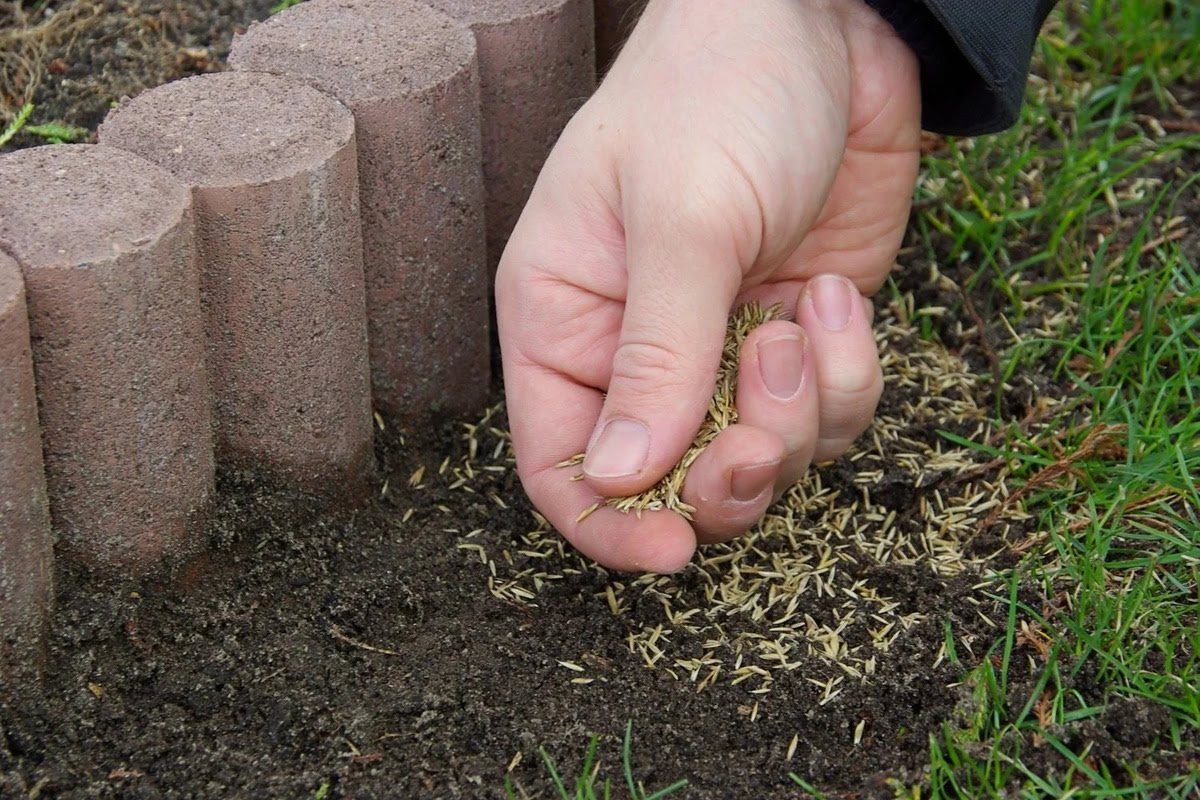
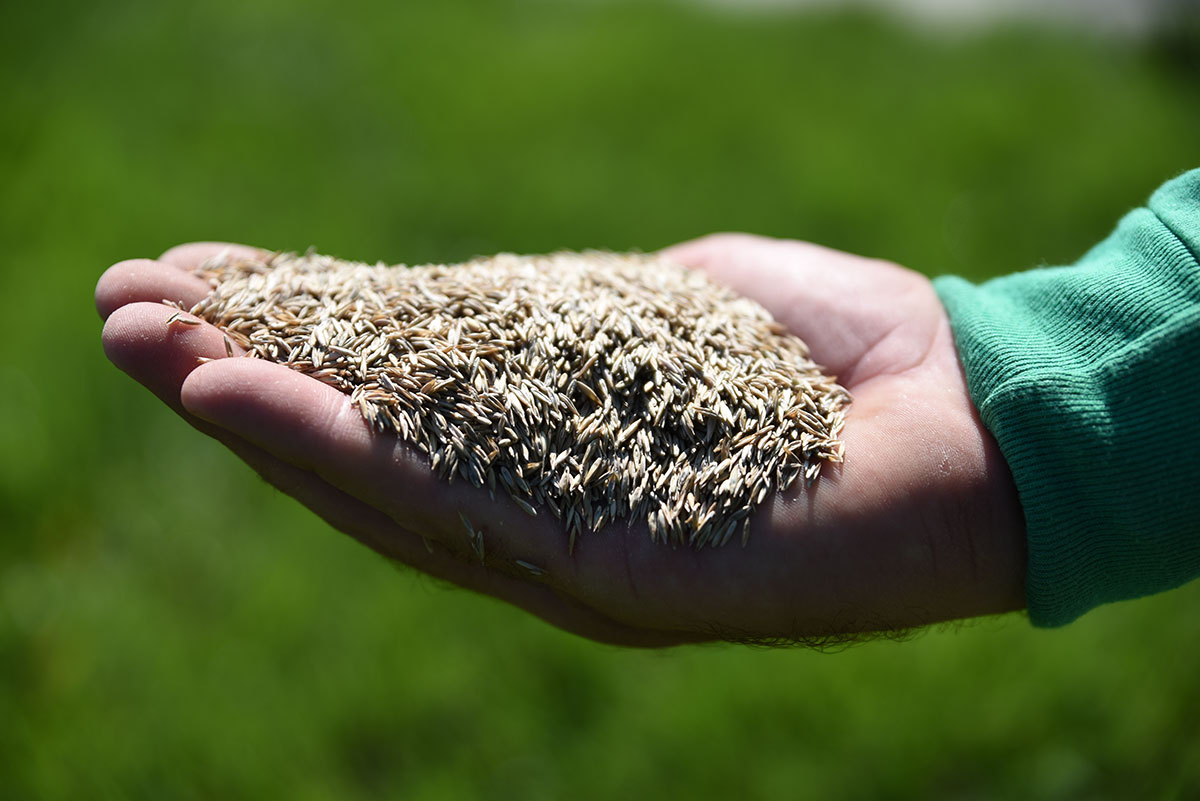
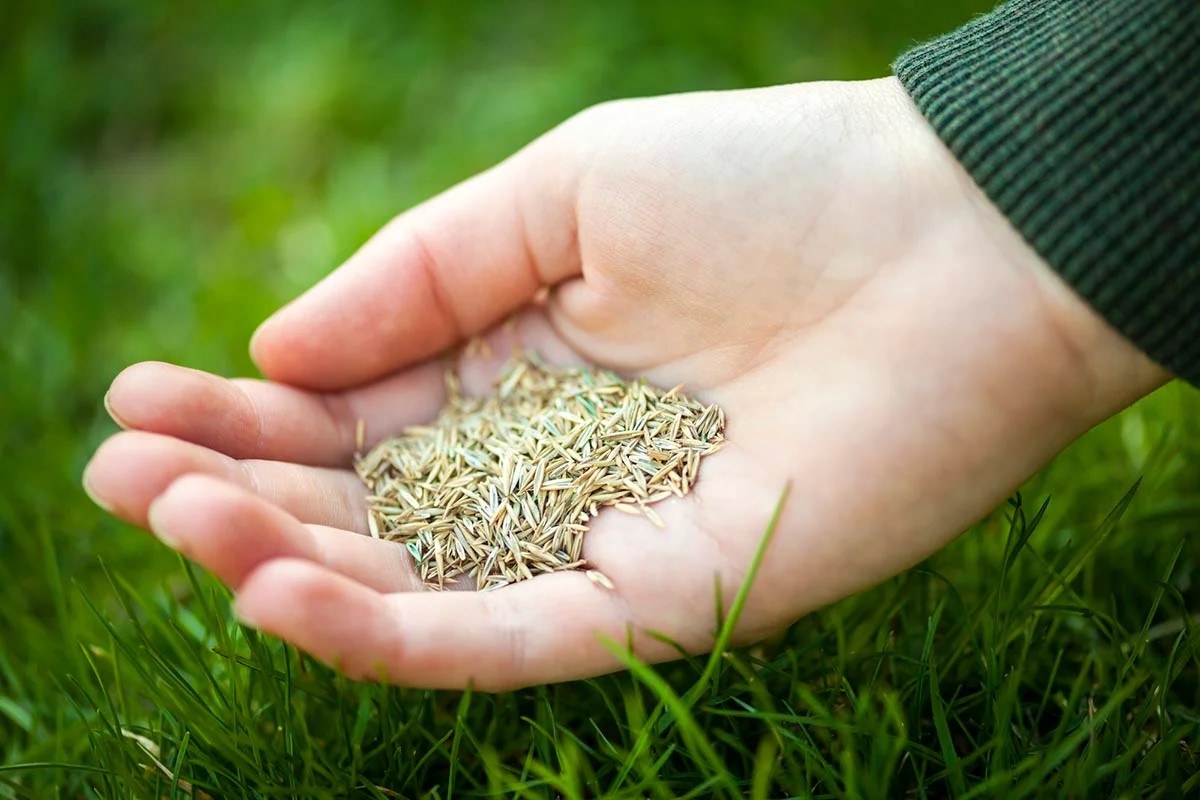
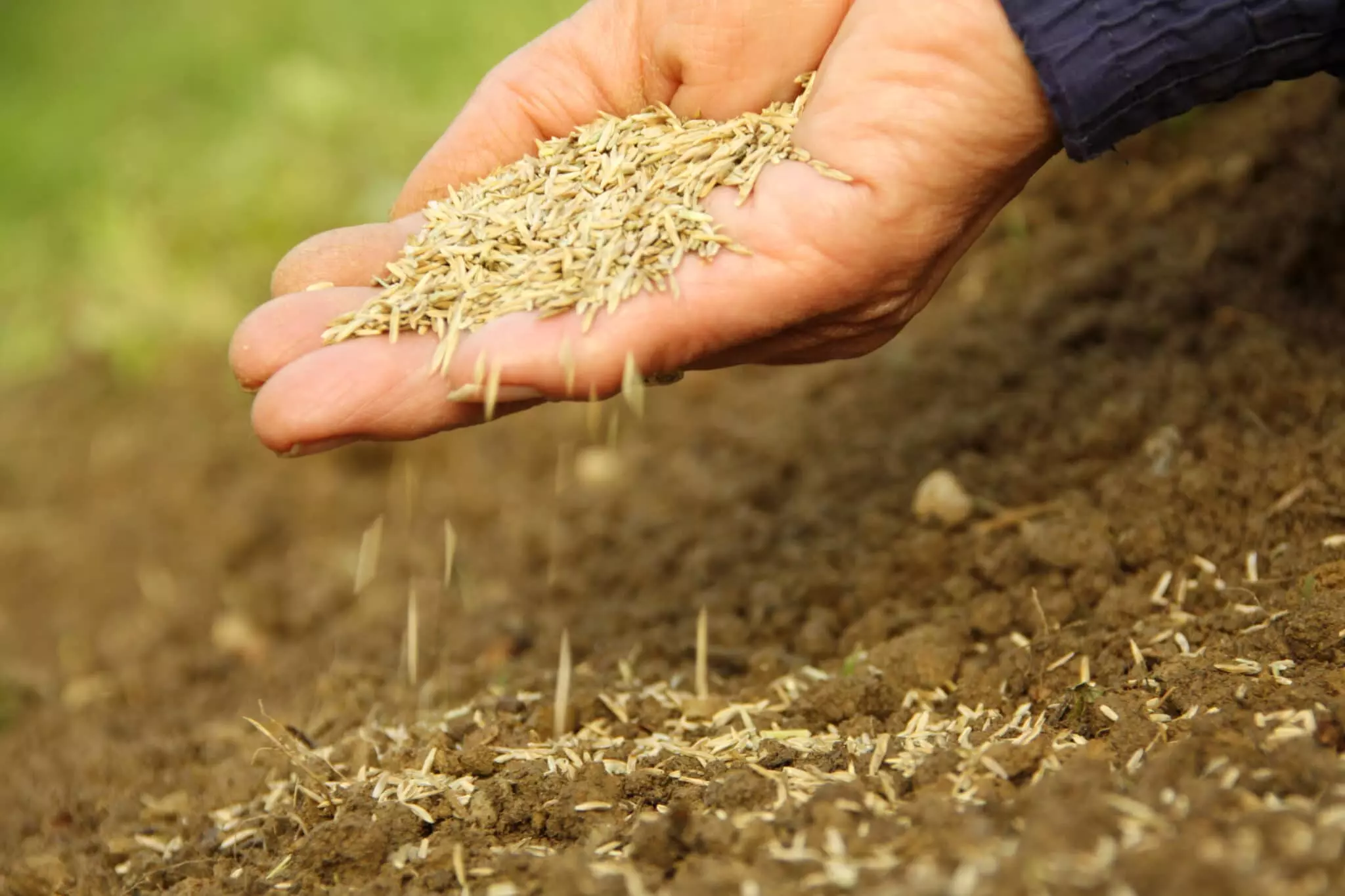
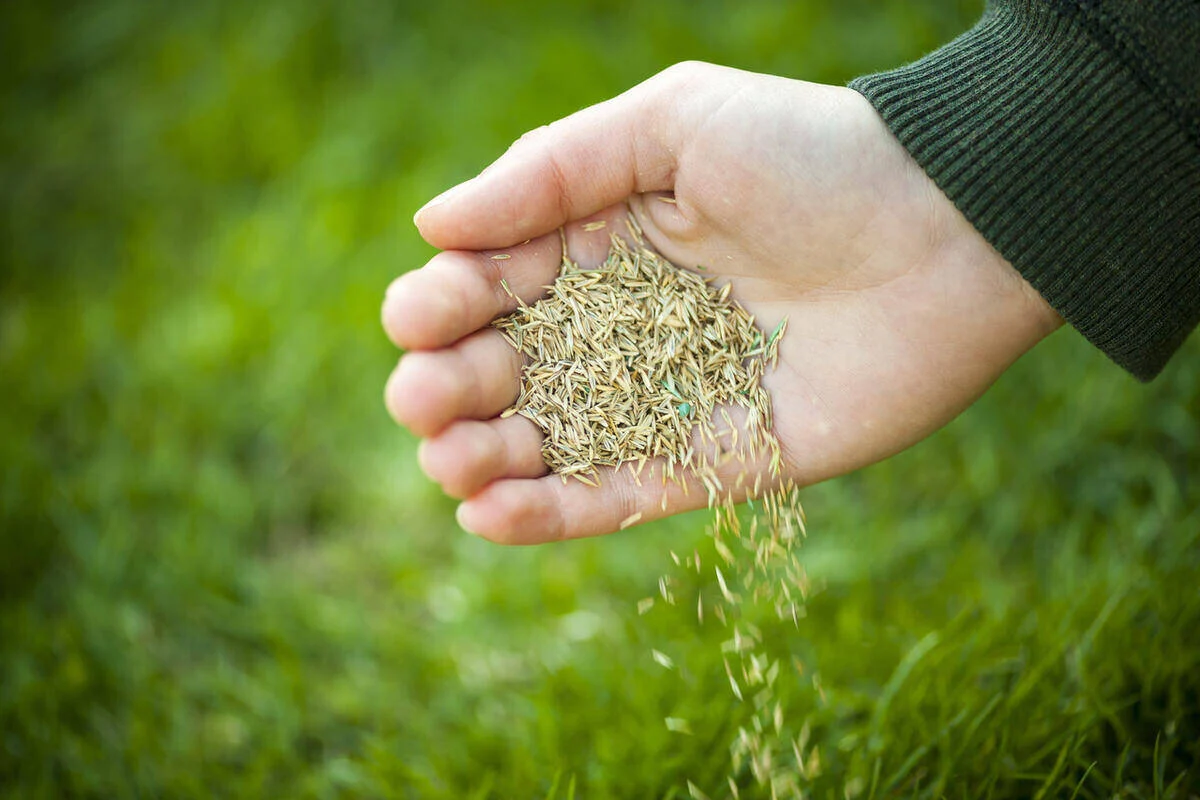
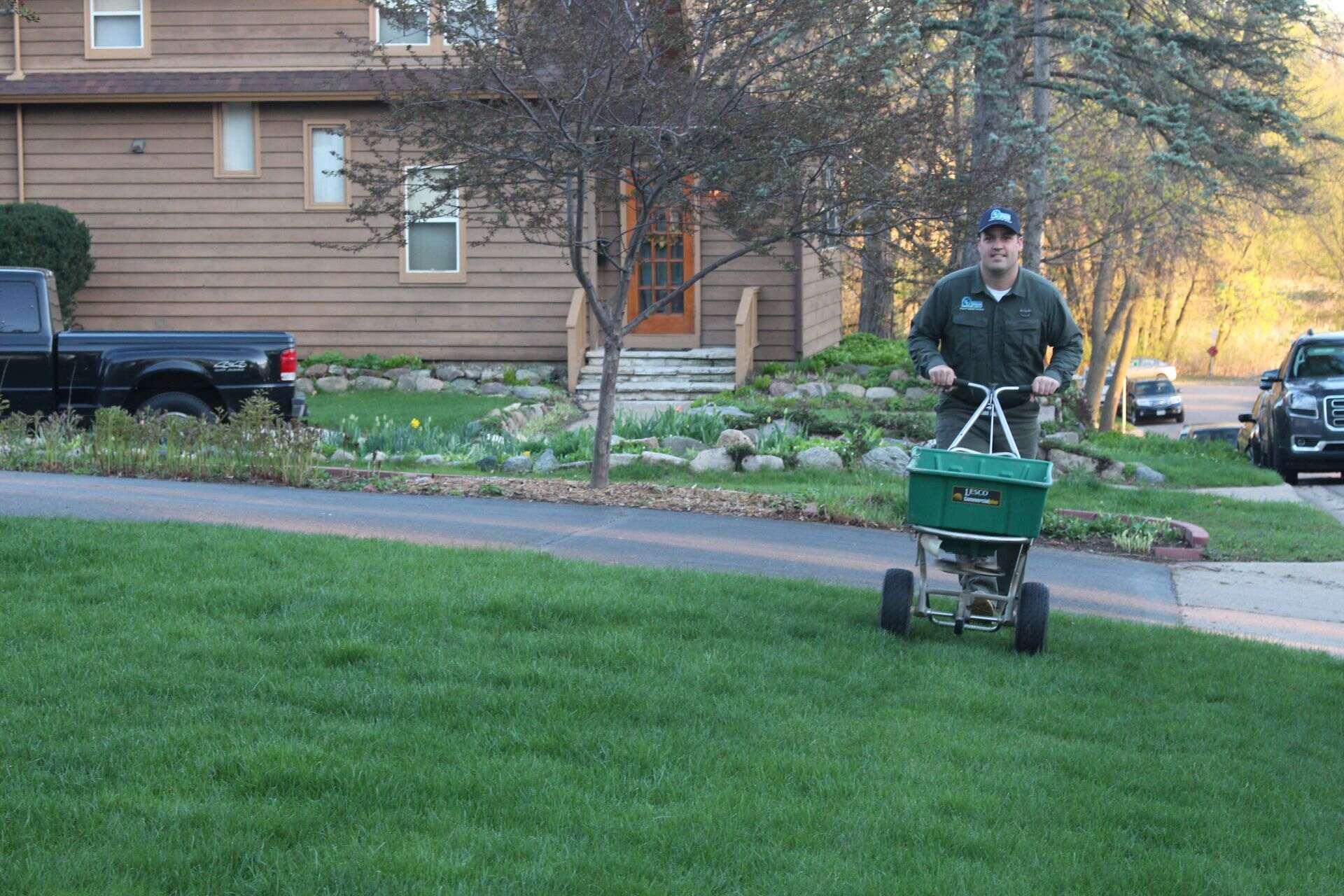
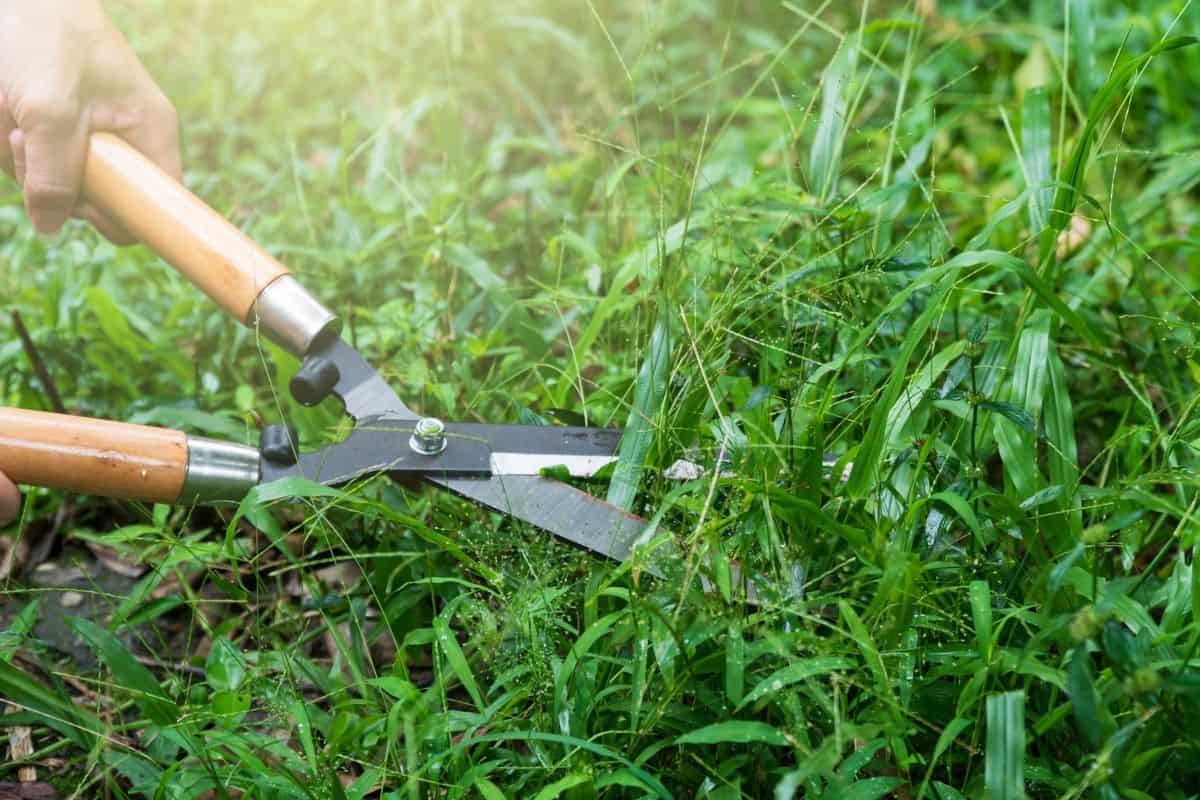

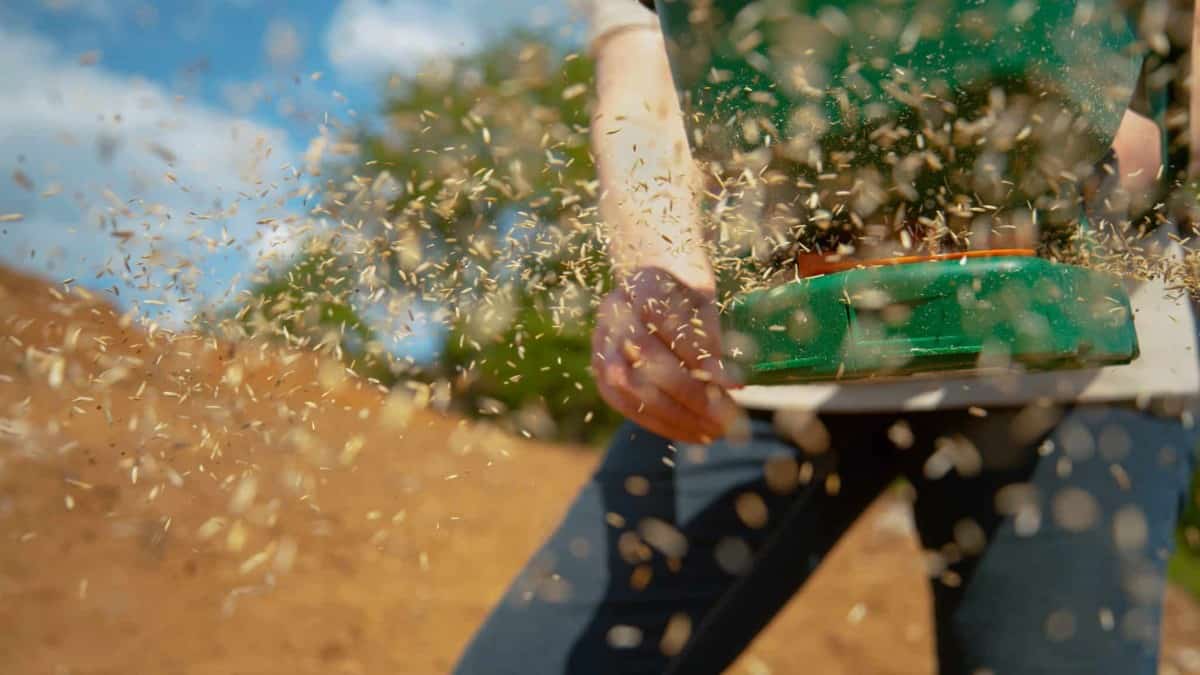
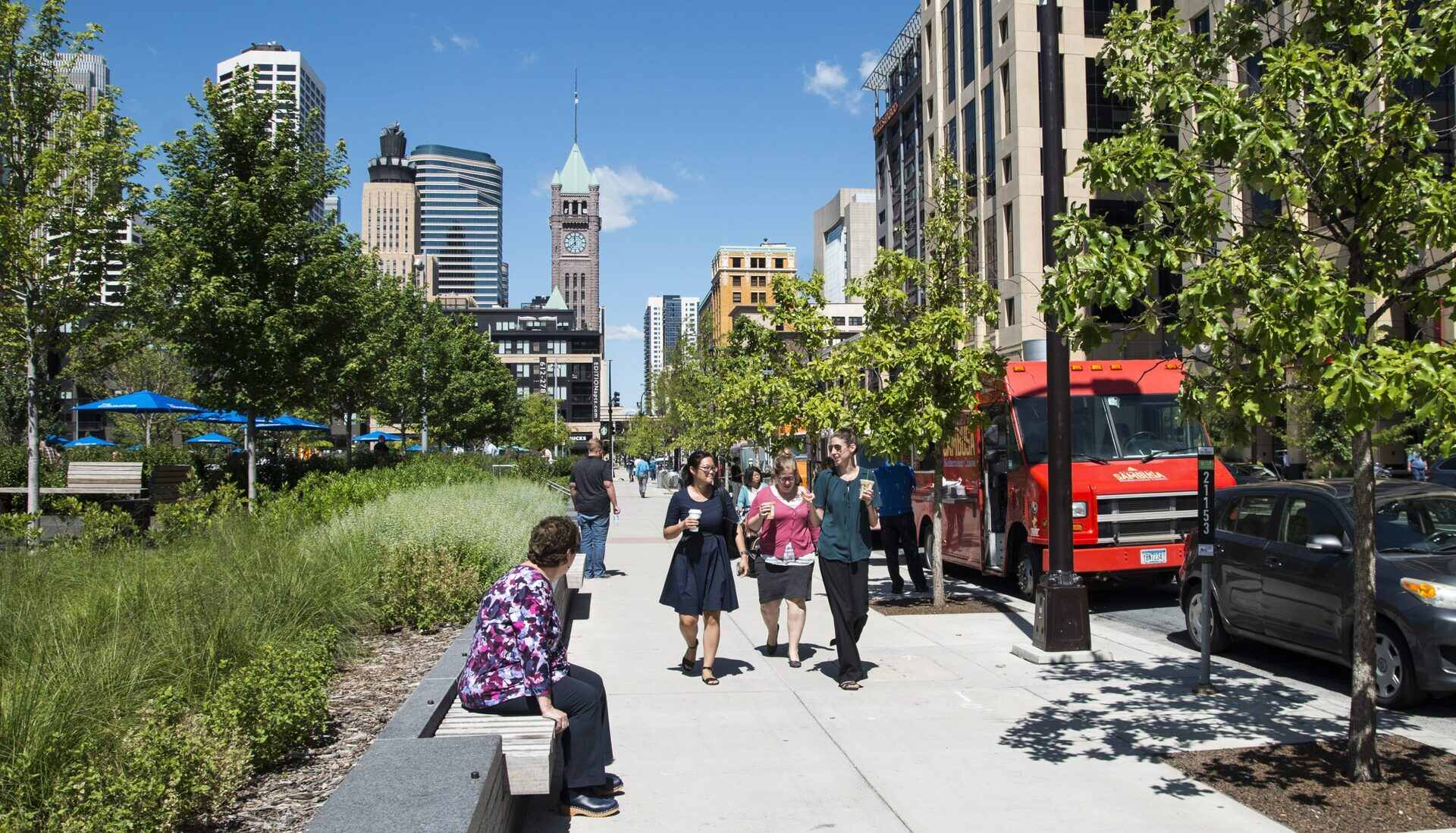
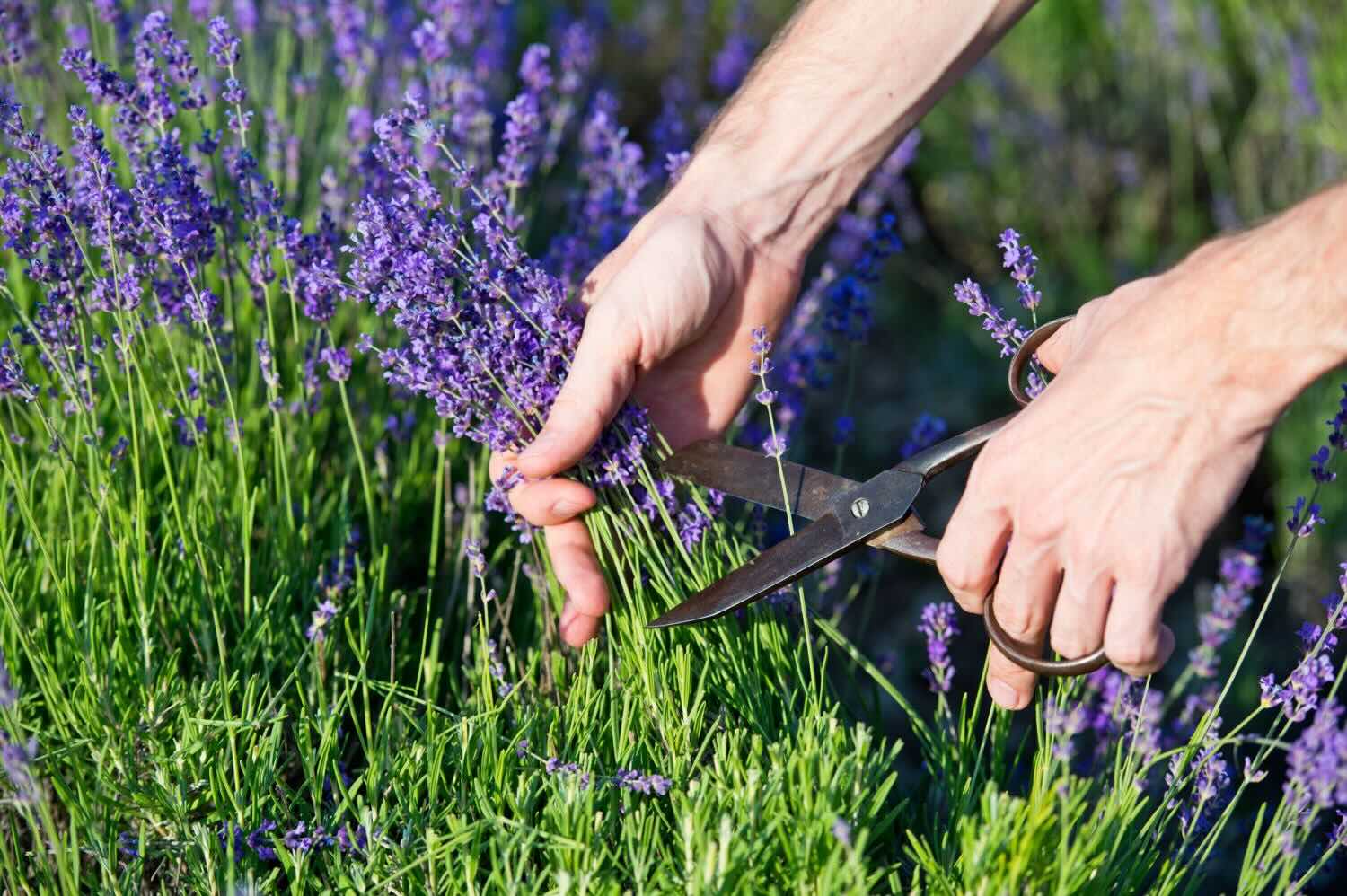


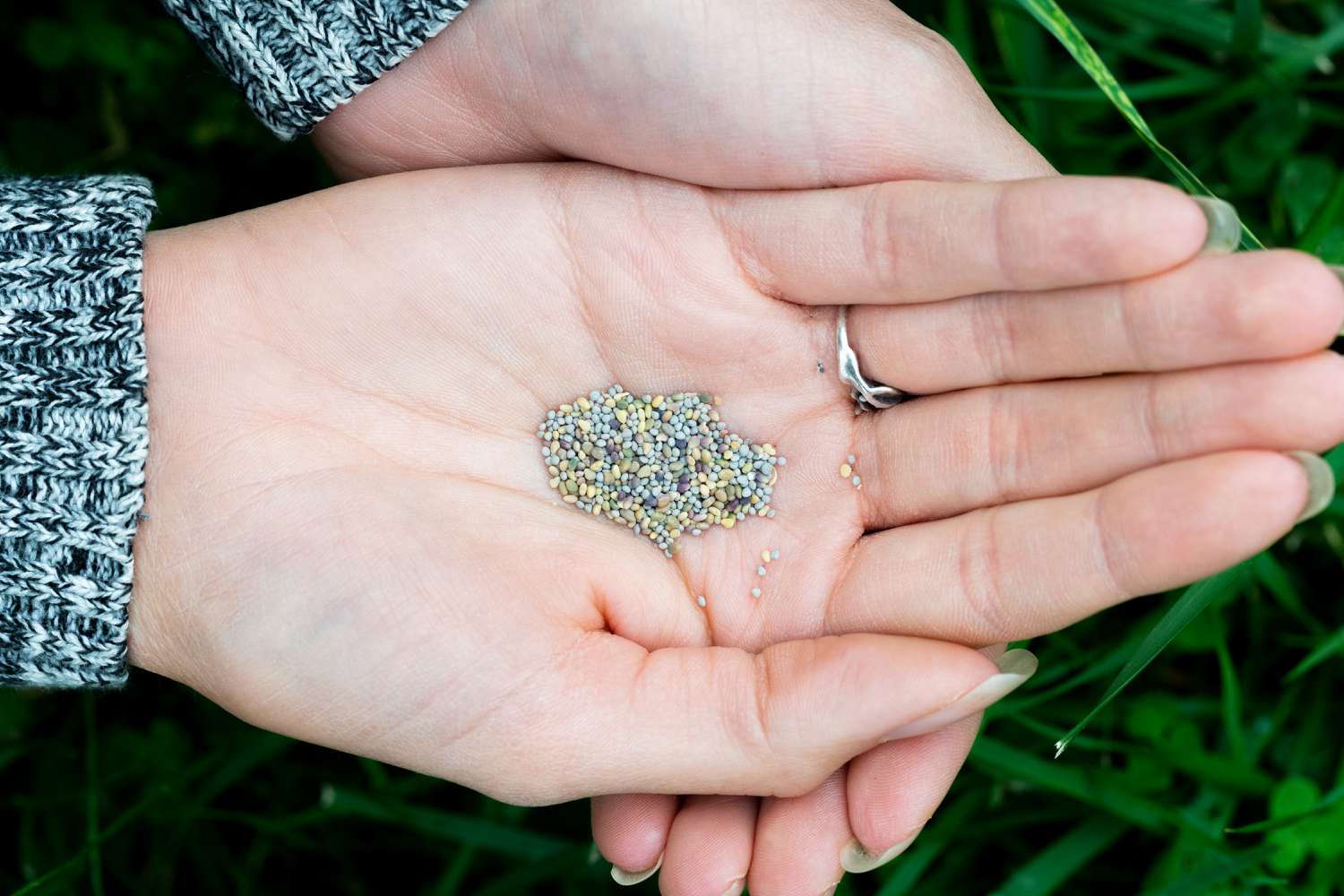

0 thoughts on “How Late To Plant Grass Seed In Minnesota”